Due to the rains recorded in May and June, close to 90% of the Spring garlic harvest in the Spanish region of Castile-La Mancha won't be easy to sell in the fresh market, according to Antonio Escudero, head for garlic at the regional delegation of ASAJA.
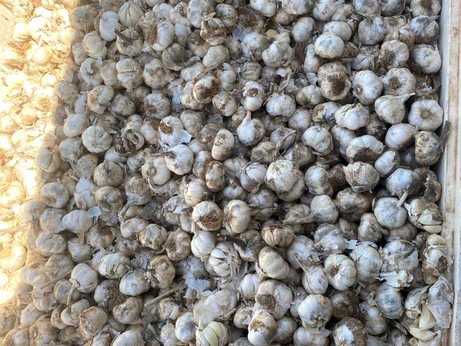
Purple Spring garlic
"The only issue is that the garlic has dark spots on the skin, so its visual appearance is not the best. That is going to prevent it from being suitable to be sold fresh, so it will have to be diverted to the processing industry. In fact, in view of this situation, there are already companies offering as much garlic as possible to processors."
"It must be said that the quality of the product is the same as it would be without the spots, because the flesh isn't affected," said Antonio. "That garlic could be used not just to produce garlic powder, but also peeled cloves, slices, cubes, etc., so the product is suitable for consumption. The problem is that we would need to make the consumer aware that this is only an aesthetic issue, but we don't have enough time, because the Spring garlic season only lasts a few months."
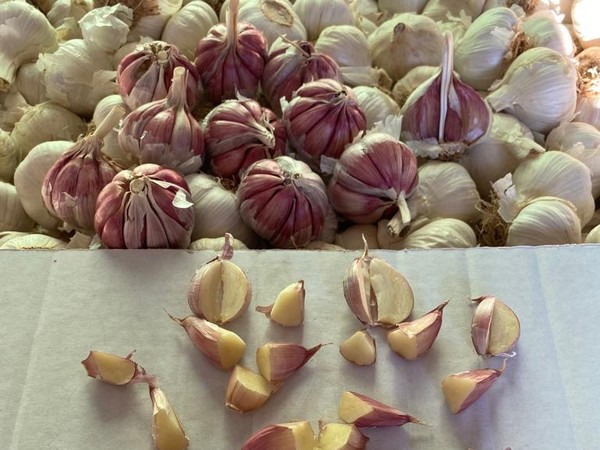
"We at the sector have tried to address retailers directly to assure them that the quality of the garlic cloves remains the same, and we have used different media to try getting this message across to the final consumer. This is a problem that is affecting us this season, but which could naturally happen again," says Antonio, "and you can't throw a campaign overboard because of a simple aesthetic issue."
The processing industry is an interesting alternative for the products that are not marketed fresh, and there are markets with a significant consumption of processed garlic, such as the United States; "however, the prices that producers get for the garlic used in processing are much lower." This year, Spring garlic has been reaching good sizes and the quality is also good, so "the industry is going to achieve much higher yields with good quality garlic sold for a low price."
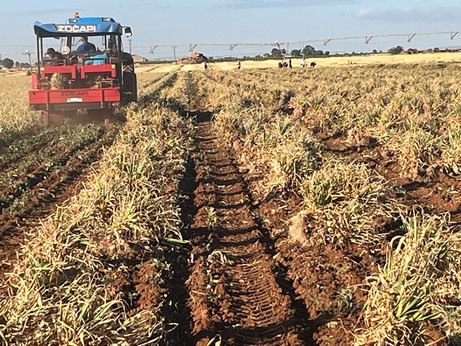
Will the same thing happen with purple garlic?
Fortunately, purple garlic is harvested at a later date, so it has not been affected by the spotted skin issue. At the moment, almost all the purple garlic available has already been harvested in the production regions of La Mancha, "with the exception of some plots in later or higher altitude areas (above 900 meters)." This week, practically the entire harvest will have already been cleaned and packaged in the warehouses. "The quality is very good, but due to the lack of sunshine during the storm period and the presence of blanquilla, the sizes have fallen a little short."
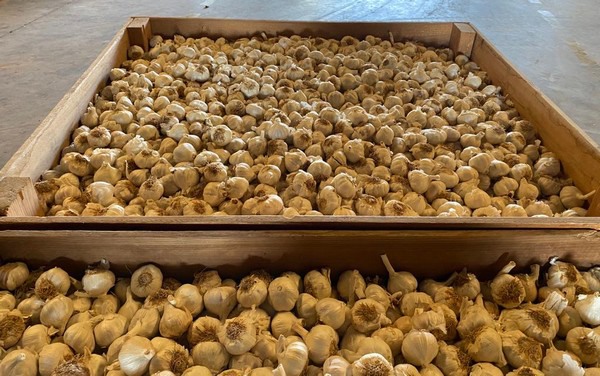
"That's why, as with Spring garlic, consumers must be made aware of the fact that neither garlic with skin blemishes, nor smaller garlic is of poorer quality. In fact, smaller garlic usually has more flavor, as well as a longer shelf life than the larger ones," says Antonio.
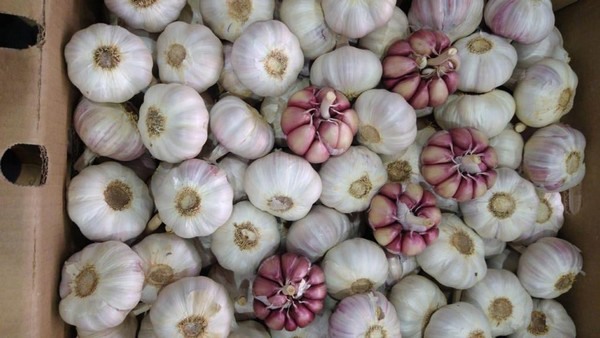
For more information:
Antonio Escudero
Head for Garlic at ASAJA Castilla-La Mancha
C/ Cuesta del Águila, 7- Local, 1
CP: 45001 Toledo, Spain
Telf.: 925 21 64 98
asajaclm@asajaclm.org
www.asajaclm.org
